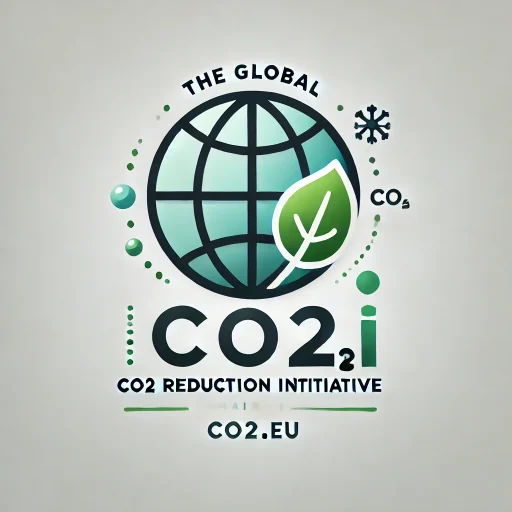Carbon Reduction Activities in Europe: June 23-29, 2025
Executive Summary: During the last week of June 2025, the European Union made significant strides in its carbon reduction efforts. The European Commission adopted the Clean Industrial State Aid Framework (CISAF) to support clean energy investments and decarbonization. Additionally, the EU’s 2040 emissions-reduction target was set at 90% below 1990 levels, with plans to incorporate international carbon credits. These initiatives aim to enhance the EU’s competitiveness and commitment to climate neutrality.
Introduction
Between June 23 and June 29, 2025, the European Union (EU) announced several key initiatives aimed at reducing carbon emissions and advancing its climate goals. These announcements reflect the EU’s ongoing commitment to achieving climate neutrality by 2050 and enhancing its competitiveness in the global clean energy market.
Adoption of the Clean Industrial State Aid Framework (CISAF)
On June 25, 2025, the European Commission adopted the Clean Industrial State Aid Framework (CISAF). This framework is designed to catalyze investment in clean energy and decarbonization by providing substantial subsidies to energy-intensive industries and the clean tech sector. The CISAF aims to make the EU a more attractive destination for clean energy capital and aligns with the EU’s broader geopolitical objectives of achieving strategic autonomy and reducing dependencies on external supply chains.
The CISAF offers increased flexibility for EU Member States to support renewable energy initiatives, decarbonize manufacturing processes, and provide investment aid for clean technology capacity. It emphasizes conditionality, ensuring that state aid is tied to measurable decarbonization outcomes and compliance with EU sustainability standards.
Source: Paul Weiss
EU’s 2040 Emissions-Reduction Target
The European Commission announced its intention to set the EU’s 2040 emissions-reduction target at 90% below 1990 levels. This target is part of the European Climate Law and aligns with the EU’s agenda-setting Competitiveness Compass and the Clean Industrial Deal. The target aims to ensure predictability, boost competitiveness, and position the EU as a leader in developing clean technology.
Despite some opposition, the Commission plans to meet up to 3 percentage points of the new target with international carbon credits. This approach has faced criticism from scientific advisers but aligns with Germany’s position on the 2040 goal.
Source: Politico, Clean Energy Wire
Conclusion
The announcements made between June 23 and June 29, 2025, underscore the EU’s commitment to reducing carbon emissions and achieving climate neutrality. The adoption of the CISAF and the setting of the 2040 emissions-reduction target are significant steps towards these goals. These initiatives are expected to enhance the EU’s competitiveness, attract clean energy investments, and contribute to global climate action.


Recent Comments